Transverse venous sinus stenting for fulminant idiopathic intracranial hypertension during pregnancy: a report of two cases and literature review
- PMID: 40384669
- PMCID: PMC12082612
- DOI: 10.21037/qims-24-2273
Transverse venous sinus stenting for fulminant idiopathic intracranial hypertension during pregnancy: a report of two cases and literature review
Abstract
Background: Fulminant idiopathic intracranial hypertension (FIIH) is a rapidly progressive condition that carries a high risk of permanent vision loss, and is thus considered a medical emergency requiring immediate intervention. Cerebral venous sinus stenting (VSS) has gained recognition in recent years as an effective treatment for idiopathic intracranial hypertension (IIH) in patients resistant or intolerant to medical therapy. The advantage of VSS over other surgical options is its less invasive nature (endovascular procedure) and its potential to yield improvement of additional disease symptoms, such as headaches and pulsatile tinnitus. While growing evidence supports the safety and efficacy of VSS in elective cases, data on its outcomes when performed emergently in FIIH is limited and even scarcer regarding its use during pregnancy.
Case description: This is a retrospective description of two pregnant women in their second trimester presenting with signs and symptoms of FIIH that were both refractory to medical treatment and had demonstrated progressive visual field loss. Both patients underwent emergent cerebral VSS, with no intra- or post-procedural complications. Both patients experienced a marked resolution of their symptoms following the operation and successfully delivered healthy newborns via elective cesarean section at 37 weeks of pregnancy.
Conclusions: This report contributes additional data to the small growing body of evidence regarding FIIH treatment in pregnancy. Based on these two cases, emergent VSS treatment for FIIH in pregnant women can be considered a valid treatment option.
Keywords: Fulminant idiopathic intracranial hypertension (FIIH); case report; papilledema; pregnancy; venous sinus stenting (VSS).
Copyright © 2025 AME Publishing Company. All rights reserved.
Conflict of interest statement
Conflicts of Interest: All authors have completed the ICMJE uniform disclosure form (available at https://qims.amegroups.com/article/view/10.21037/qims-24-2273/coif). The authors have no conflicts of interest to declare.
Figures


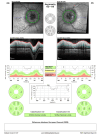



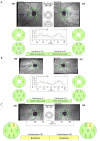
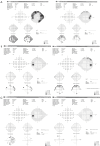
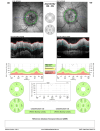


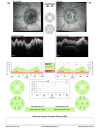
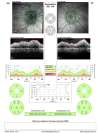
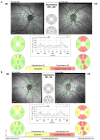
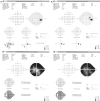
Similar articles
-
Emergent cerebral venous stenting: A valid treatment option for fulminant idiopathic intracranial hypertension.J Neurol Sci. 2023 Sep 15;452:120761. doi: 10.1016/j.jns.2023.120761. Epub 2023 Aug 2. J Neurol Sci. 2023. PMID: 37572407
-
Management of idiopathic intracranial hypertension in children utilizing venous sinus stenting.Interv Neuroradiol. 2021 Apr;27(2):257-265. doi: 10.1177/1591019920976234. Epub 2020 Nov 25. Interv Neuroradiol. 2021. PMID: 33236688 Free PMC article.
-
Superior Ophthalmic Vein Flow Patterns as a Marker of Venous Sinus Stenosis and Hypertension in Idiopathic Intracranial Hypertension: A Case of Emergent Transverse Sinus Stenting as Treatment of Fulminant Idiopathic Intracranial Hypertension.World Neurosurg. 2022 May;161:170-178. doi: 10.1016/j.wneu.2021.06.126. Epub 2021 Jul 2. World Neurosurg. 2022. PMID: 34224883
-
Stenting for Venous Sinus Stenosis in Patients With Idiopathic Intracranial Hypertension: An Updated Systematic Review and Meta-Analysis of the Literature.Neurosurgery. 2024 Apr 1;94(4):648-656. doi: 10.1227/neu.0000000000002718. Epub 2023 Oct 13. Neurosurgery. 2024. PMID: 37830801
-
Venous sinus stenting for idiopathic intracranial hypertension: a review of the literature.J Neurointerv Surg. 2013 Sep 1;5(5):483-6. doi: 10.1136/neurintsurg-2012-010468. Epub 2012 Aug 4. J Neurointerv Surg. 2013. PMID: 22863980 Review.
References
Publication types
LinkOut - more resources
Full Text Sources
